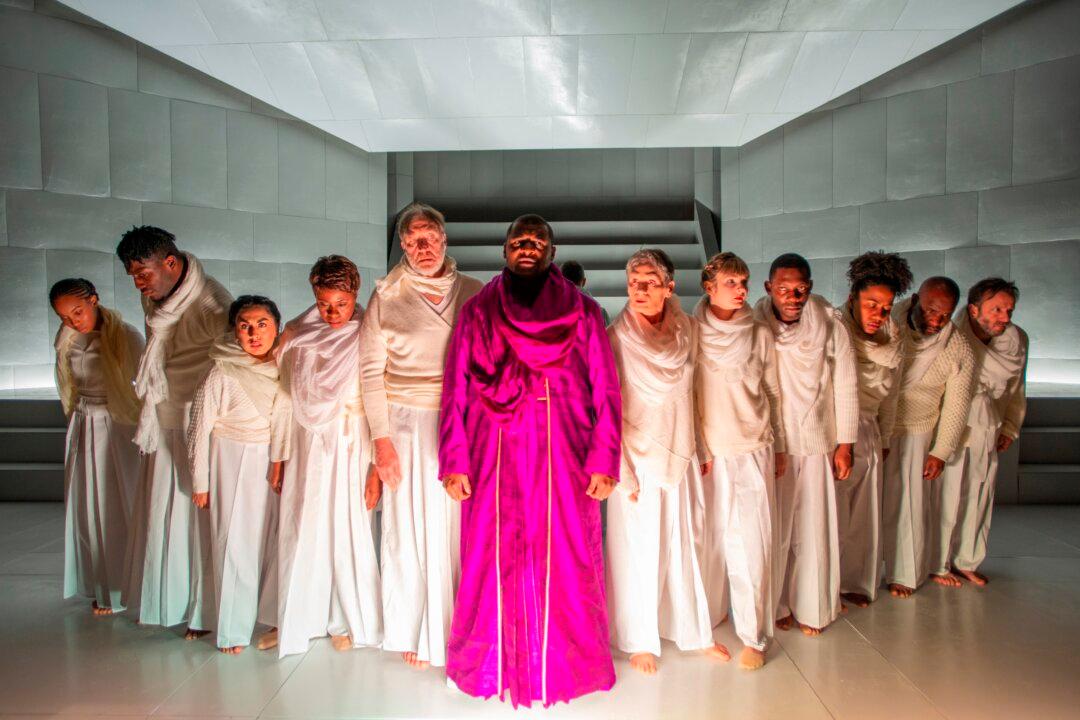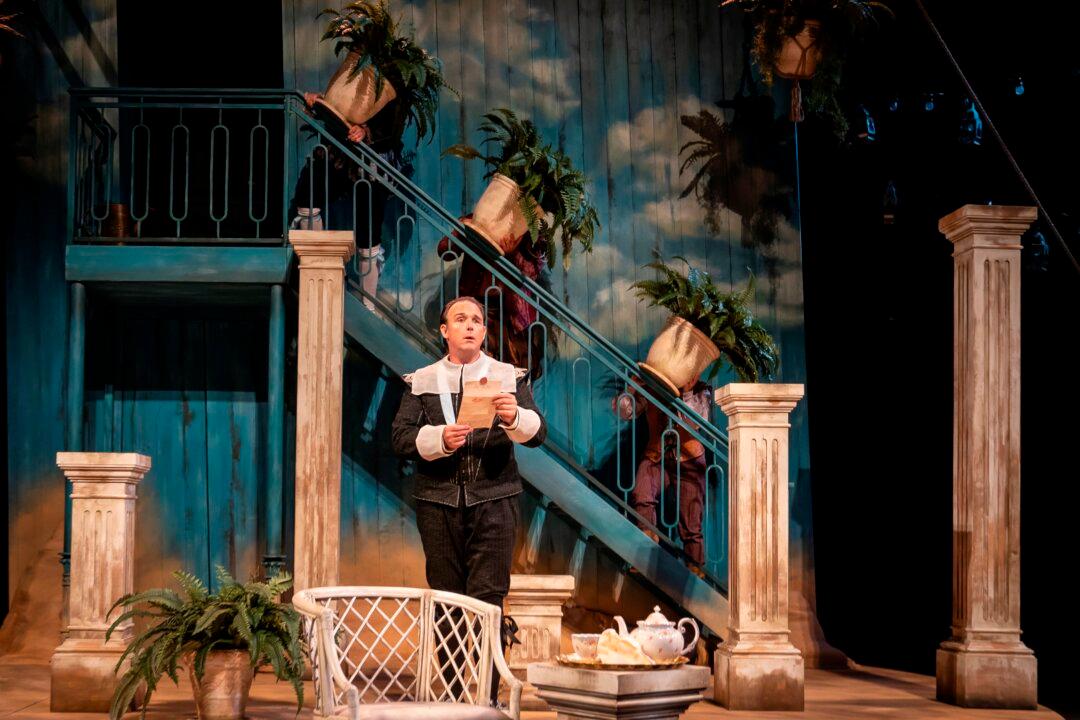Costume designer Rachel Healy believes the classic arts—ballet, classical music, theater, literature, and the fine arts—are a reflection of the truth about ourselves. Through them we are able to better approach and connect to our own humanity.
“All people grapple with the big questions: Why are we here? Why are we connected?” she said in a phone interview on Nov. 25. The classics are vehicles that allow people to find those answers for themselves. “They allow us a place to go home to—inside.”
Retelling classic stories in a live theater setting reflects truths that we need and want to hear.





